In September 2013 I was perusing the Internet and stumbled onto a forum about an adventure race called the Everglades Challenge (EC). Intrigued, I found the homepage of an organization called the Watertribe where it described a grueling race that would test even the hardiest adventurers.It begins at Florida’s Fort Desoto State Park in Tampa Bay and runs roughly 300 miles south to the Sunset Cove Hotel in Key Largo. How boats get there is up to their crews as long as they sign in at each of the three checkpoints along the way within the allotted deadlines. The boats are all small because each solo racer or team of two must drag their boats from the high-water mark to the water’s edge without assistance. The EC is unsupported; you’re on your own. After the quick build we christened the dory JESS and set her in the water for the fist time.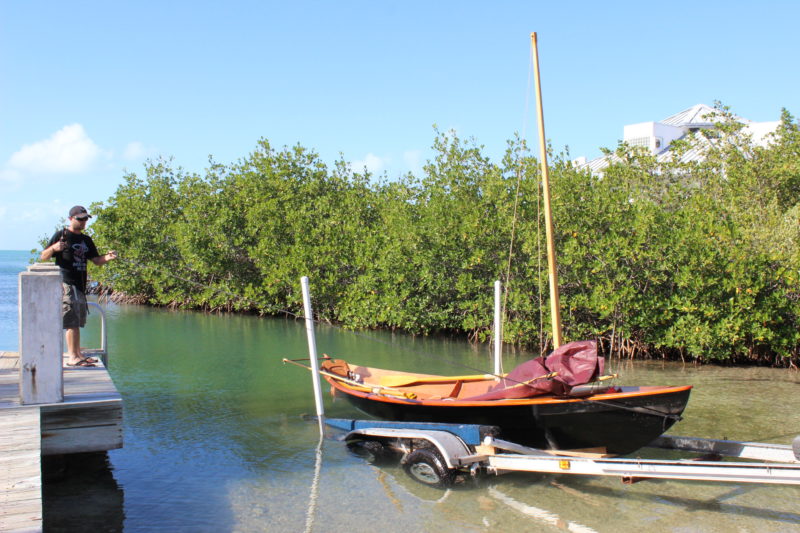 Thomas Head collection
Thomas Head collection
Join The Conversation
We welcome your comments about this article. If you’d like to include a photo or a video with your comment, please email the file or link.
Comments (4)
Comments are closed.
Stay On Course

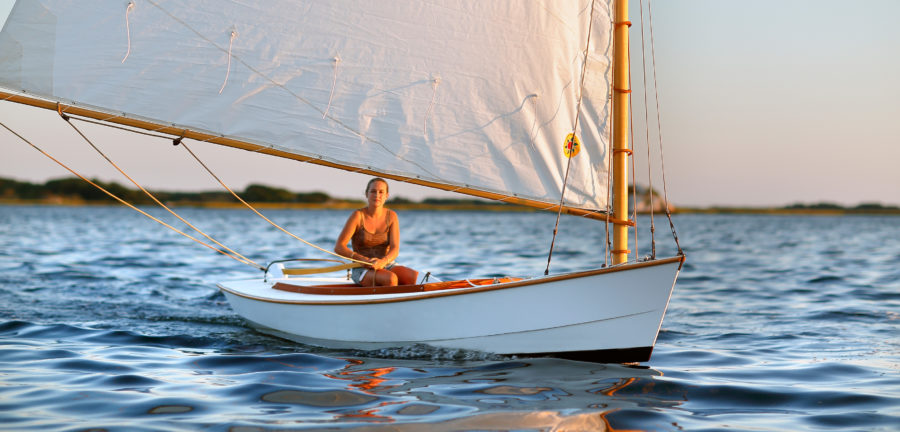
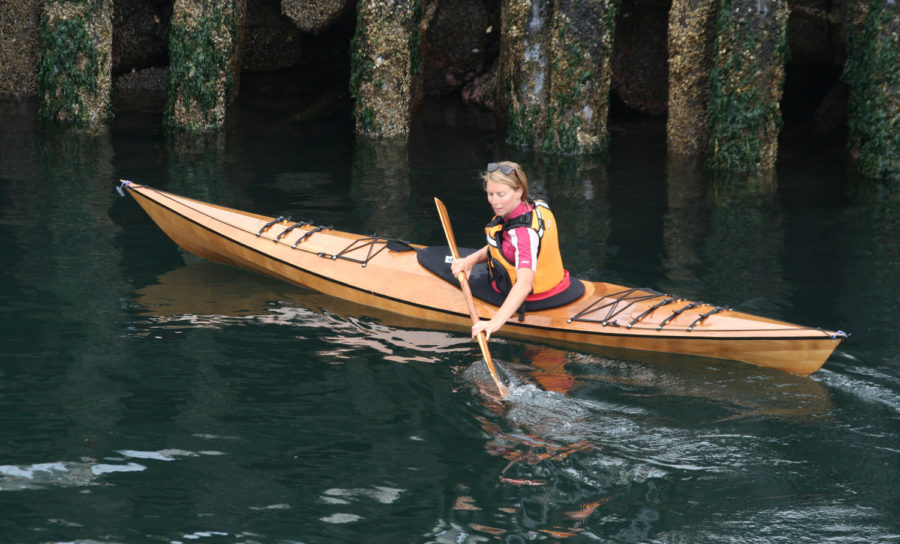
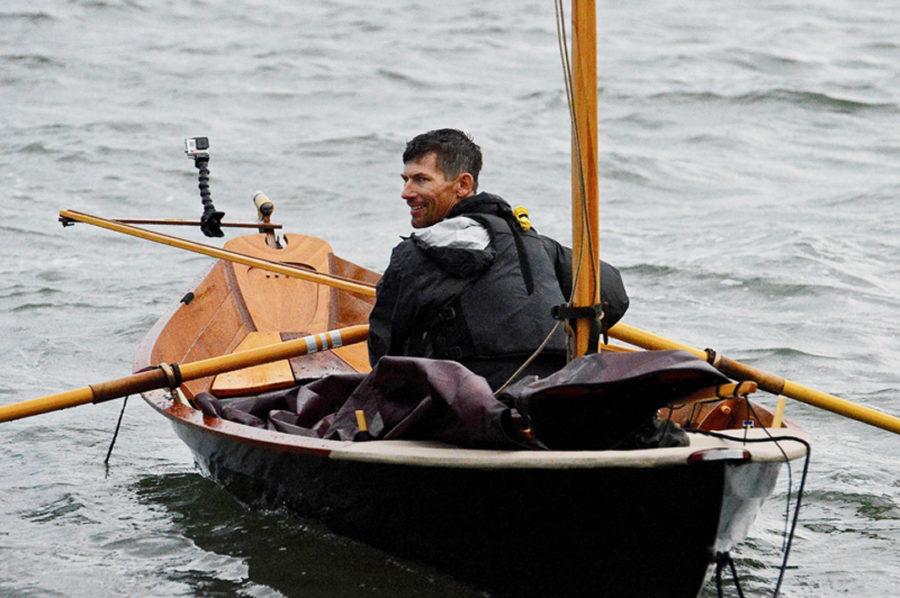
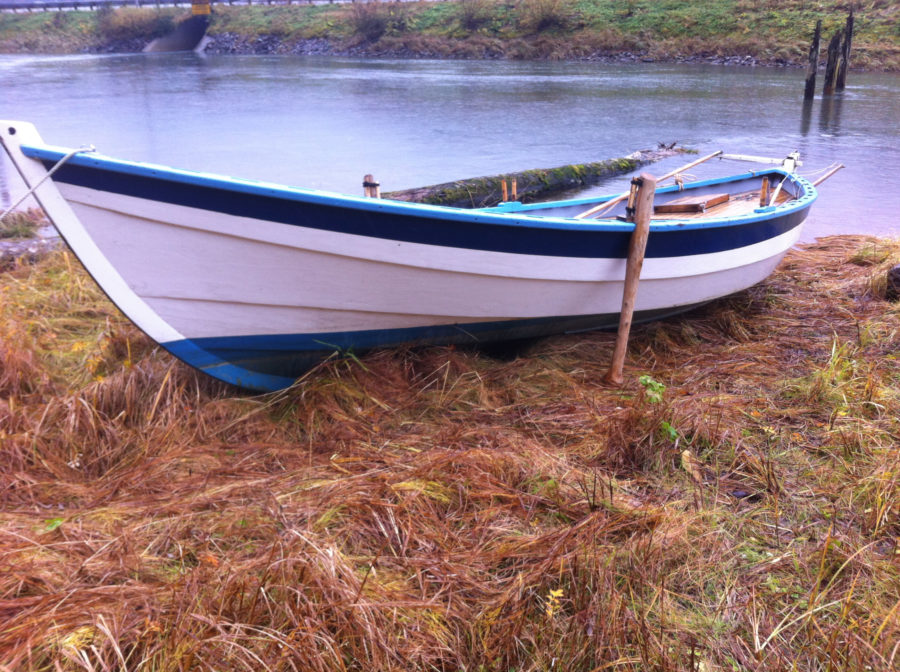
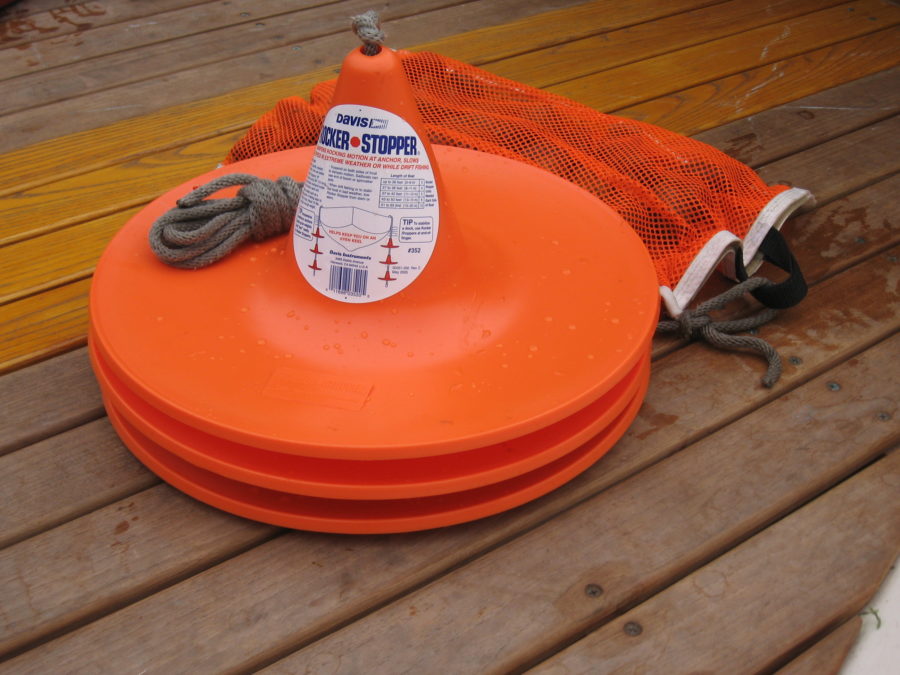
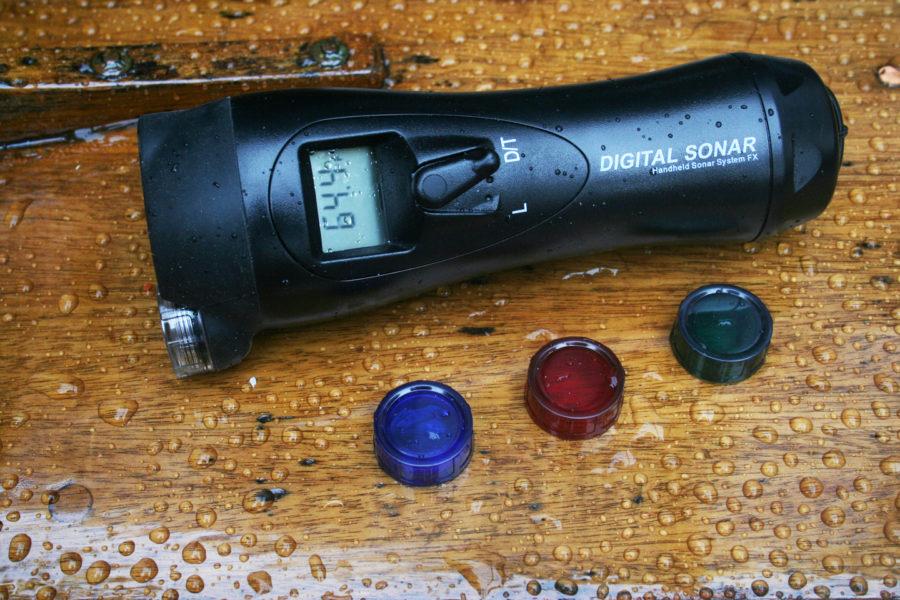
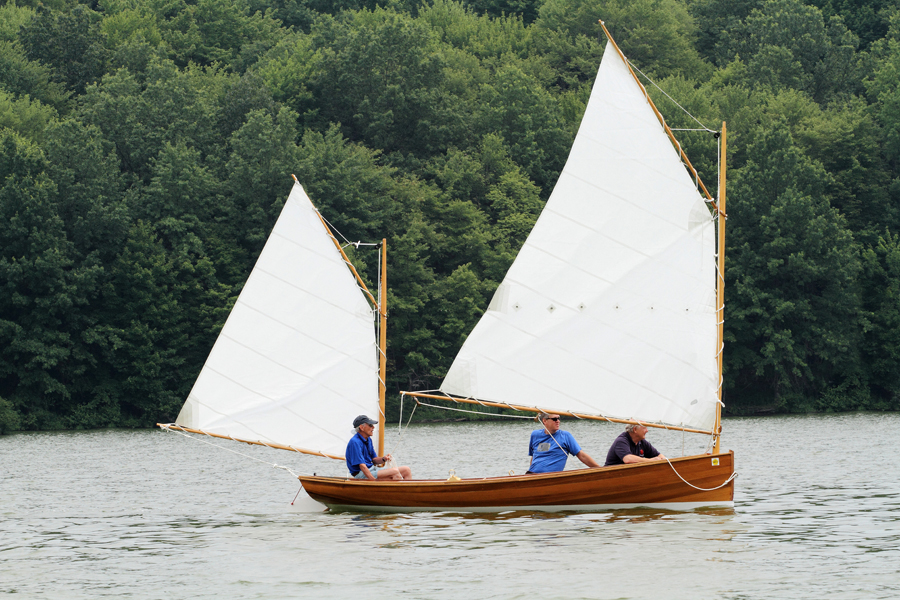
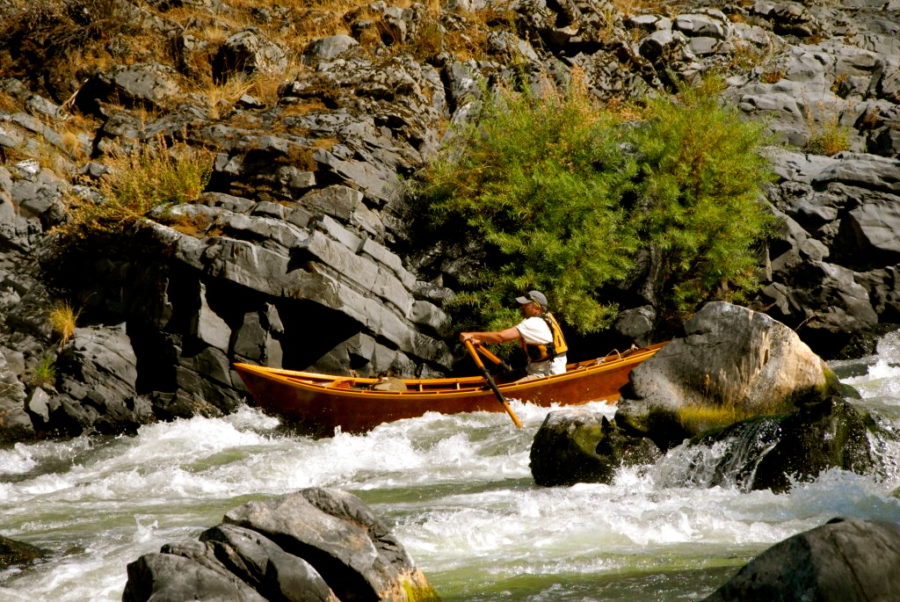
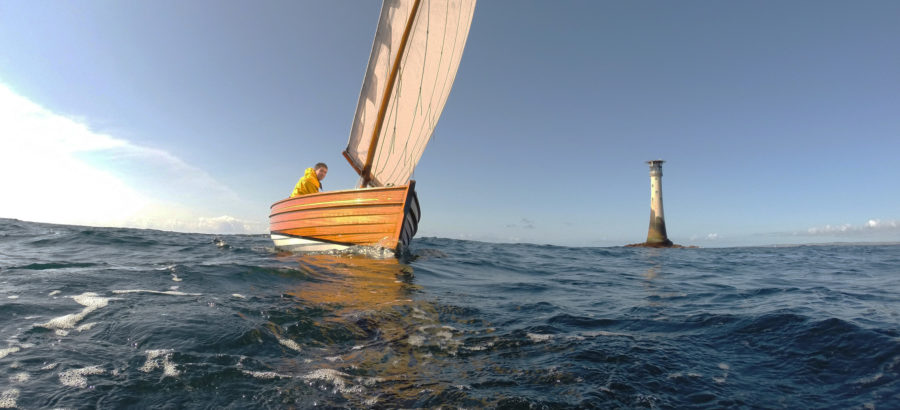
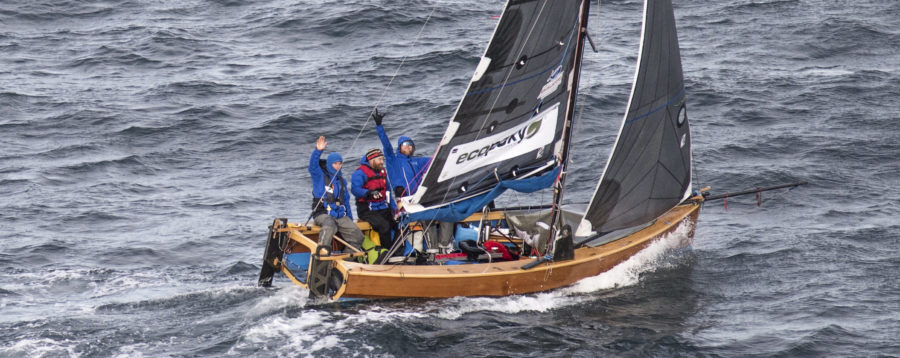
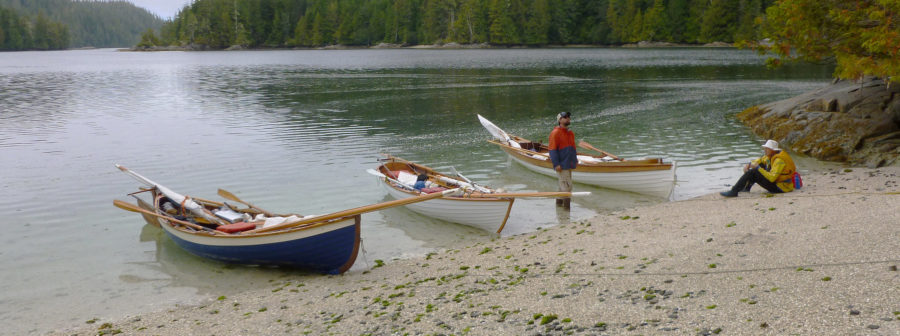
Really enjoyed the story including the info about the boat. Have been thinking about building a small open sailboat and have considered several designs. I will definitely check out this kit as I think I’m more apt to get her built in a timely manner.
I have been following the EC for several years now and greatly injoy the first person accounts.
I really enjoyed the article on the Everglade Challenge. This is my favorite part of the magazine. I also enjoy new products and review. Great Job, keep it up!!
At 77, I’m too old and infirm for this contest, but I can definitely relate. In 1951 at age 14, my father bought me an open, Lightning-class sailboat at Coconut Grove Yacht Club and in mid-January, he, my late brother and I sailed the boat from Biscayne Bay to Sarasota Bay on the West Coast. No one kept a log and no one took a photo, but I’ll never forget myriad memories of that voyage and the planning it took to be totally self-sufficient for several weeks.
Bravo Deke! I have followed the Everglades Challenge in “real-time “for a couple of years now as I belong to a Yahoo group for the Triak, a multi-hull sailing kayak. We have had a couple of EC participants over the years. Finishing this race is certainly a huge accomplishment. Finishing construction of your boat at record pace is also noteworthy.